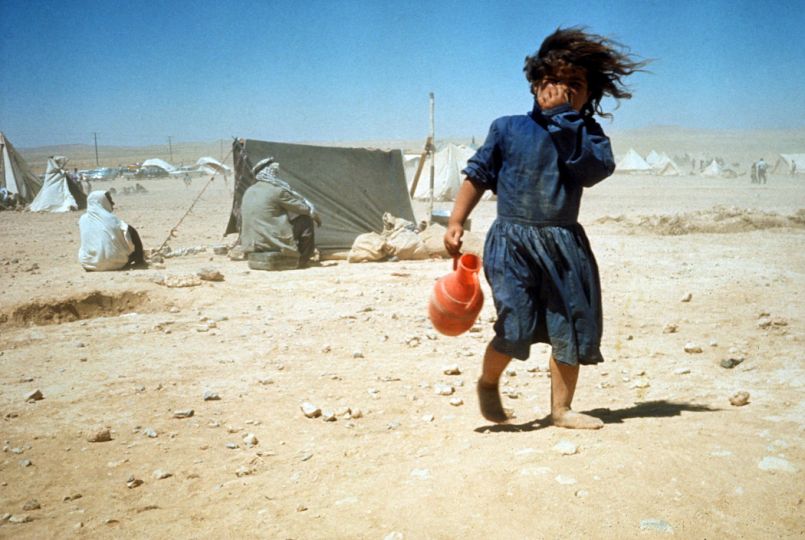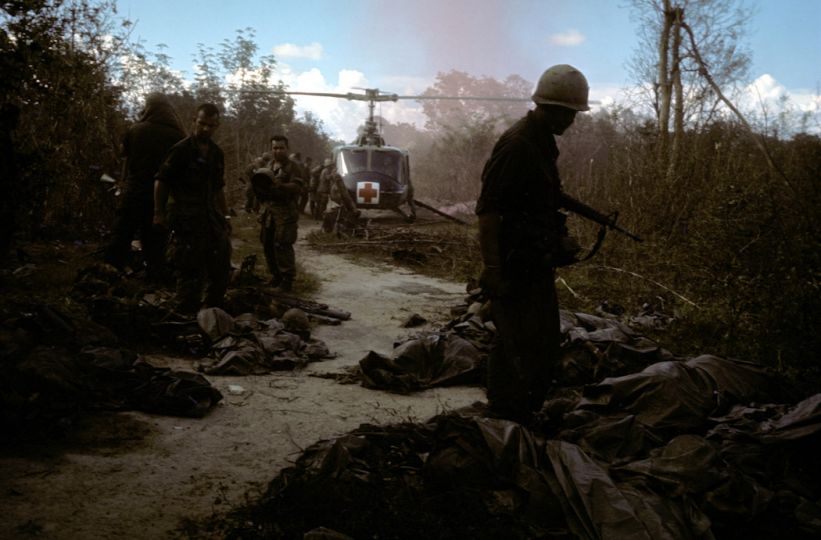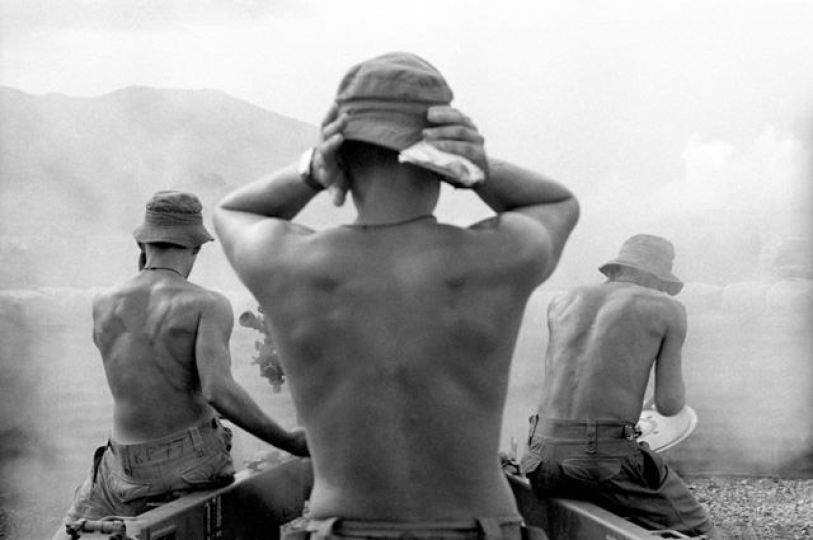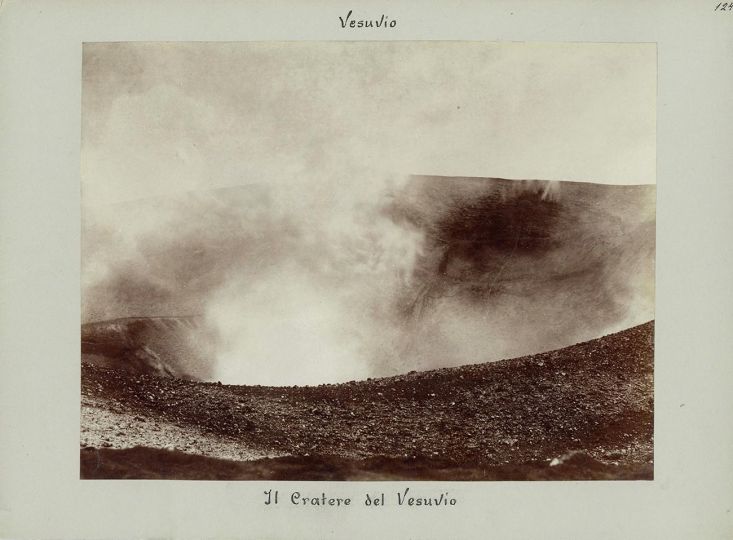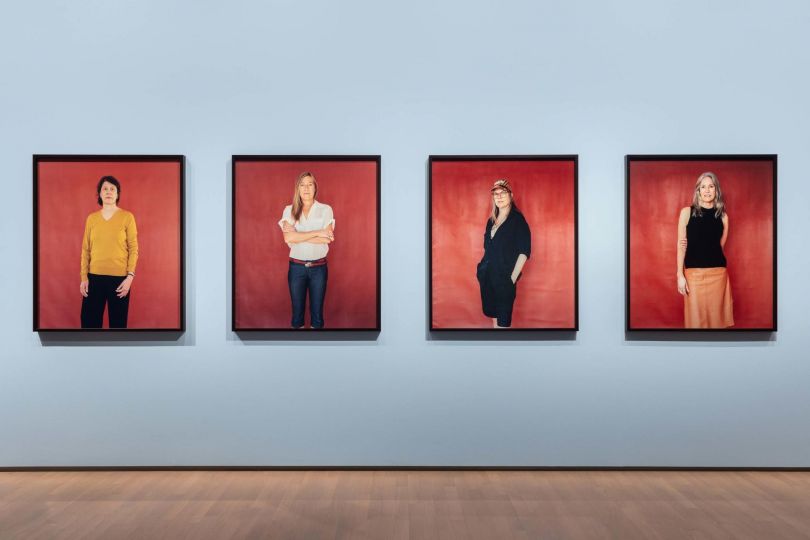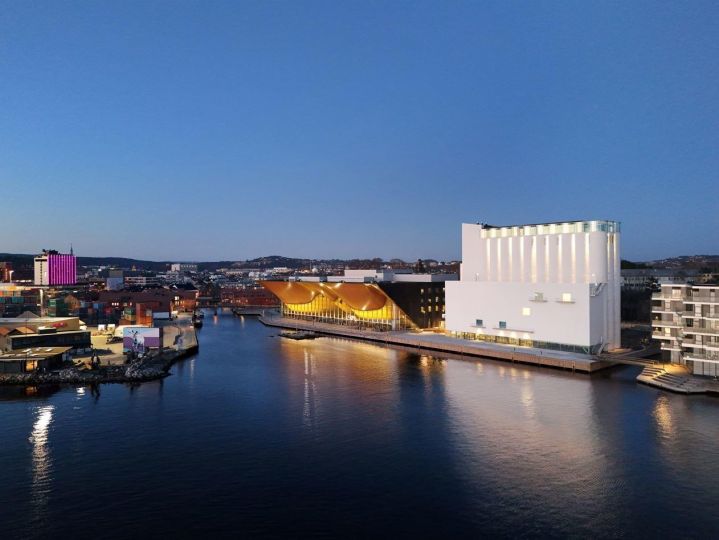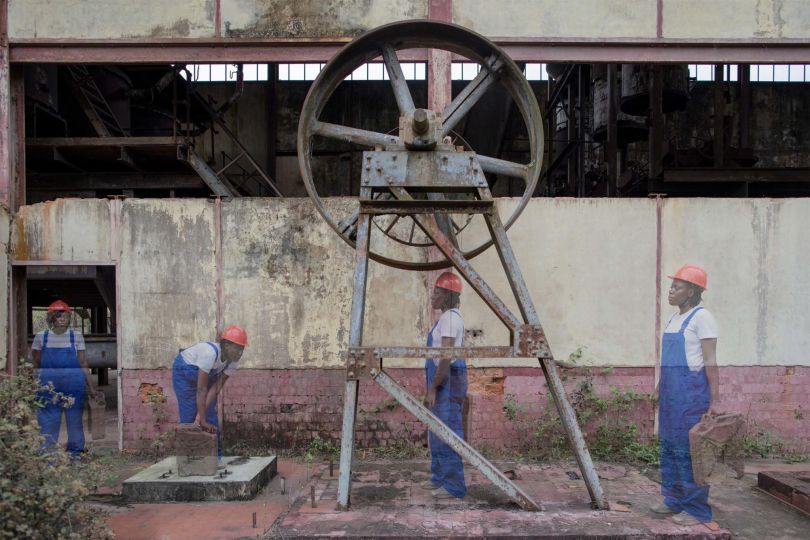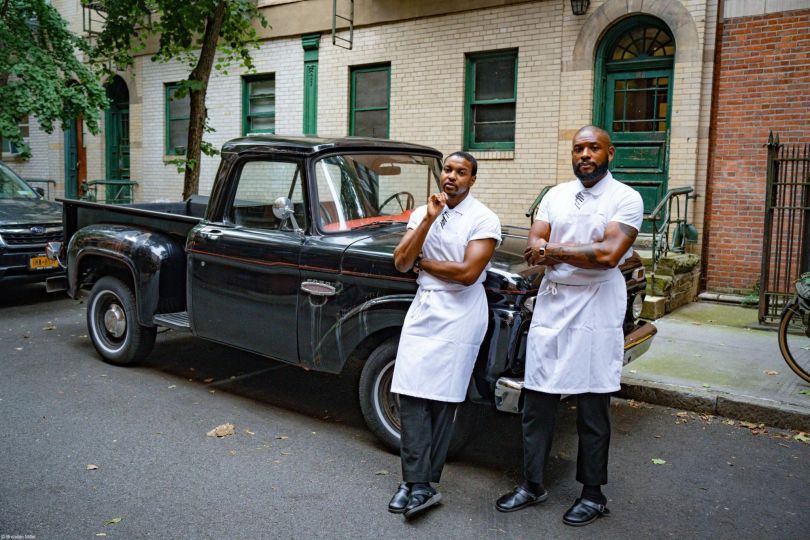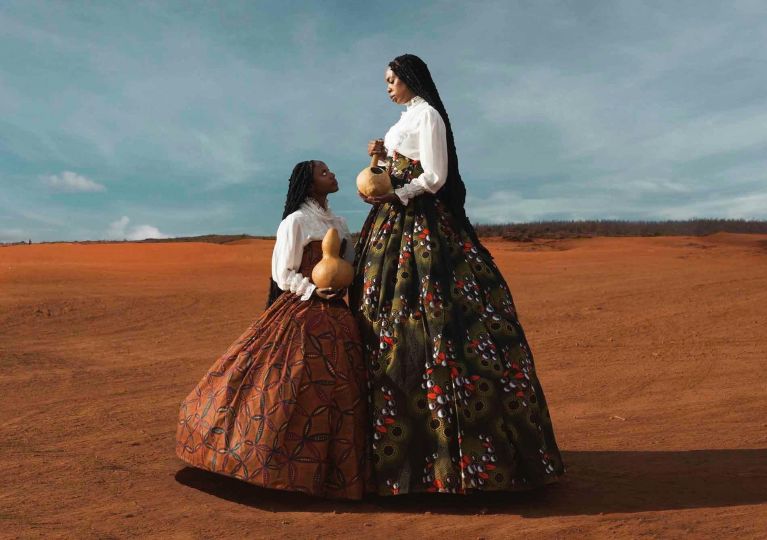Tim Page just died!
He is one of the legendary photographers of the Vietnam War!
In 2014 we published the following article by Alison Stieven Taylor on the occasion of the release of his “21” box set.
Jean-Jacques Naudet
In 2010 British-born photojournalist Tim Page was named one of the “100 Most Influential Photographers of All Time,” by Professional Photographer magazine. Page, who is now 70 years old, has spent more than half a century immersed in the sometimes heady, often uncertain world of the photojournalist. He’s had books written about him, movies made and numerous international exhibitions. But perhaps one of his greatest challenges has been to select a mere 21 photographs from his archive of more than a quarter of a million negatives to create his limited edition boxed set “21”.
Twenty-one signifies both the number of the photographs in this collection and the lens that Page prefers; the 21mm on a 35mm Leica. “Twenty-one is actually 90,” says Page. “Let me expand on the perfect peripheral vista imbued by a 21mm lens. To quote Robert Capa, who died in Viet Nam in 1954; “If your picture’s not good enough, you’re not close enough”. To make a good picture you have to be up close. That means a short focal length, something wide angle. The 21 bestows a 90° right angle vision; it focuses down to a foot and loves to work close. Yet the landscapes it makes have that unique Leica fall-off at the edges; it is tack sharp. I can rock ‘n’ roll two frames a second – forget motor drives, winders and batteries”.
The 21mm format has been Page’s lens of choice for decades so when it came to putting together a limited edition boxed set the idea of 21 photographs shot with the 21mm lens created a natural synergy.
The selection process began in 2008. In the first cull Page managed to choose around 2000 images, but as that number became lower the process became more difficult. Over the next couple of years Page whittled his selection down to around 120, at which point he put them up online and invited comments.
Then when the 120 became 60, “I let the Degree South mob go through the images. They’ve all got great editing skills,” says Page of his fellow photojournalists in the Degree South collective – Ben Bohane, David Dare Parker, Stephen Dupont, Jack Picone, Michael Coyne, and Ashley Gilbertson.
After nearly six years Page says the final stage went very quickly and suddenly the final 21 were staring up at him from the light box. Is he happy with the selection? “I am pleasantly surprised by the pictures that are in there. When you’re going through a process like this all of the images become as familiar as your own body because you are masticating over the selection all the time. You know you have to lose some images, but you start to look at them as if they are favourite people and the choices become emotional. But in this instance my emotions aren’t important, it’s about how others will view the images that counts”.
Having said that, there is one image in the collection that is very personal to Page. “Print number one shows my friend, chess partner and publisher Tom Neurath. He is also my Magritte. His leap of faith in me and the worth of my pictures in 1980 launched my first book Nam. It became my catharsis and journey of rediscovery”. I tell Page that it’s also one of my favourite photographs in this collection, a portrait that is layered and rich in information. Page is pleased that the image speaks beyond his personal relationship.
Page tells me the inclusion of two particular images in the final 21 did “surprise and please” him as he wasn’t certain they would make the cut. Not wanting his personal attachment to dictate, he left the decision to others. “Ben (Bohane) chose the photograph of the repatriation ferry on the Mekong River shot in 1993. Stephen (Dupont) selected the horseback rider shot in Castro’s home province in Cuba in 1988…these images are perhaps different from what people think I shoot, although I have no idea what the marker is anymore”.
In putting together a limited collection Page says he wrestled with how many iconic images to include, what he calls “puddle jumpers” drawing on Henri Cartier-Bresson’s most recognisable image. The final set does include photographs from Page’s Vietnam War coverage, but they are interspersed with a lively selection that hints at the diversity of Page’s oeuvre.
Page tells me he has thoroughly enjoyed the process of reliving the past by trawling through his archive, and spending months submerged in the romanticism of the past. “Nostalgia is more comfortable in a sense than what I am surrounded by today. In some ways I am happier thinking about the sixties when it was much easier to work as a photojournalist; you know we had things like day rates and magazines paid you,” he laughs deeply, but his jest is underpinned by the concerns of many in the industry who are grappling with making a living in the digital world.
The Tim Page “21” collection wouldn’t be possible without the support of sponsors such as Fujifilm who have funded the archive standard prints, and Page is quick to acknowledge their backing knowing that corporate funding is getting harder to secure.
In closing Page says “As a documentary photographer you come across the weird, the bizarre, the horror and the beauty, at the oddest moments on the most ordinary of days. An image gratifies in a mysterious, ordered way; usually close in and wide. I am a frustrated painter and the ‘21’ has become my palette, brush and paint”.
Alison Stieven Taylor
Tim Page “21”
Enquiries: [email protected]

